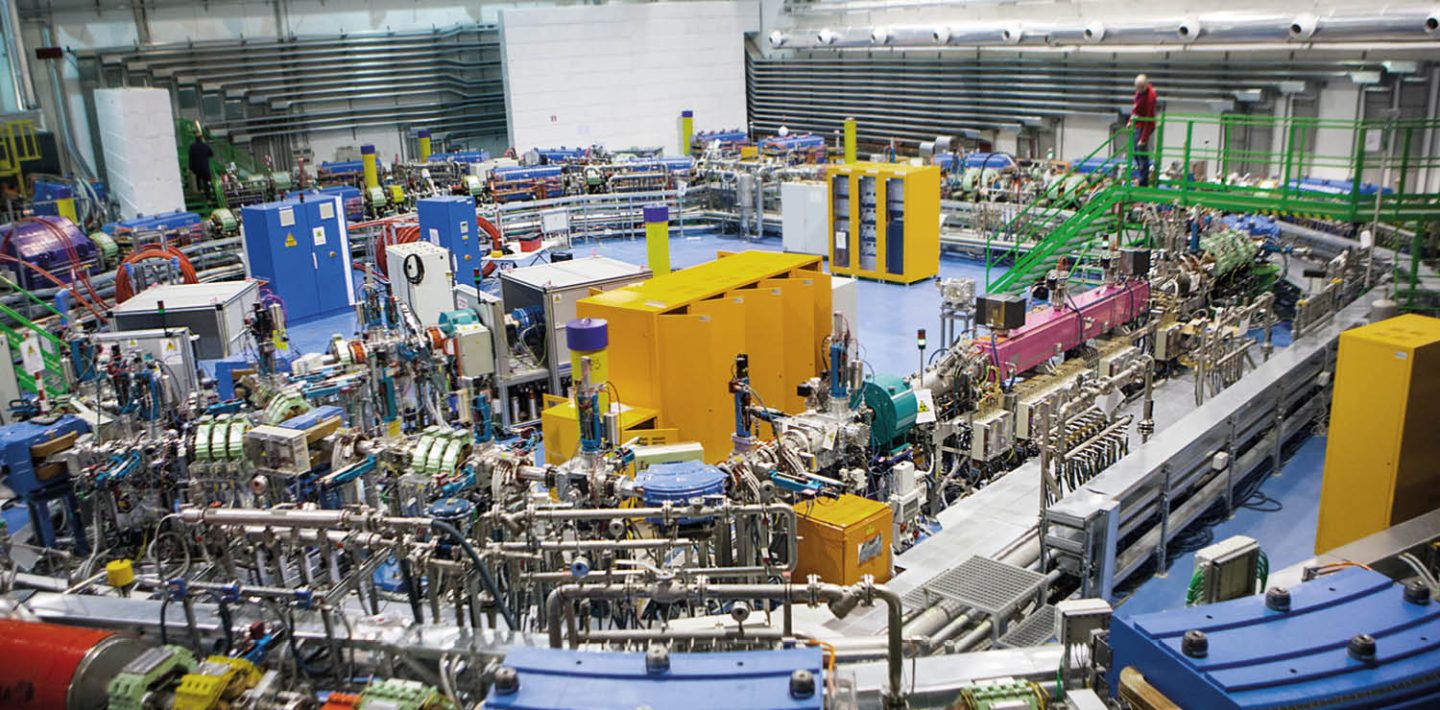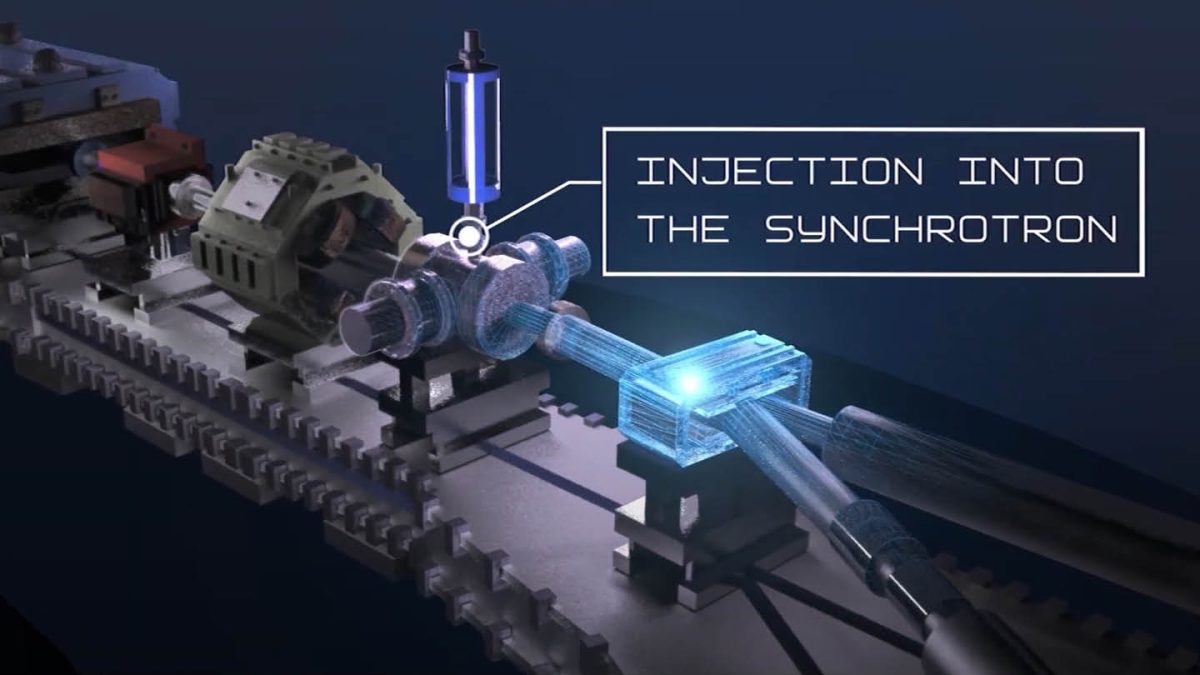
Some EU regulations and laws are passed, come into force – and are initially not completely understood. This was also the case with the Construction Production Regulation (CPR), an EU law that applies to all products that are permanently installed in buildings where people are present. CPR assigns products several different classes, which differ in their fire behaviour. The law came into force on 1 July 2017. “It was immediately clear to us that this would affect many of our customers,” recalls Luigi Sterli, Innovation and Technology Manager at LAPP Camuna Cavi. Unfortunately, not all of them were aware of this. Many waved it off and thought that the CPR law did not affect them. A mistake, as it now turns out. Numerous customers have now contacted Camuna Cavi because they need CPR-classified cables, says Sterli. There is an increasing demand, especially from refineries and the chemical industry.
One of these customers is the National Centre for Oncological Hadron Therapy in Pavia, Italy. The CNAO operates a synchrotron that accelerates atomic nuclei to high speeds in order to use them to remove difficult-to-operate brain tumours. To power the machine, which is located in an underground bunker, CNAO had to search for CPR-compliant instrument cables. So, they contacted Mr. Sterli who promptly recommended a product that fulfilled the required data transmission properties and was also tested according to CPR.
In the summer of 2022, LAPP quickly delivered 1.6 kilometres of FG16XHOHM16 0,6/1 kV. The product name as per Italian norms and regulations stands for instrumentation cable manufactured with polyolefin-based insulation and jacket and statically pairs. It fulfils the requirements of CPR class Ca-S1b,d1,a1 including: EN 50399 for determining the propagation of fire, emission of heat and smoke in the fire test, IEC 60332-1-2, which checks the flame propagation on a single-insulated cable. In addition, there were further tests according to IEC 60754-2 (determination of gases produced in the flame) or IEC 61034-2 (determination of smoke density).
The Pavia facility is one of only six centres in the world to offer this type of tumour therapy. It creates carbon ions – atomic nuclei without an electron shell – and accelerates them to a very high speed, gaining great energy. The atomic nuclei circle in a synchrotron until they are finally ejected to the therapy site, where the patient is fixed on a couch. Electric fields direct the atomic nuclei to the location of the tumour, for example inside the brain. On their flight through the tissue, the atomic nuclei are slowed down, but they lose most of their energy only in the last millimetres. Therefore, only the genetic material of the tumour cells is destroyed, while the tissue on the way remains undamaged. By varying the energy of the atomic nuclei, one can vary the depth of penetration; electric fields steer the direction of the beam. In this way, one can precisely target each point in a three-dimensional volume.
The request from Pavia, as well as from numerous other customers, did not catch the Camuna Cavi team off guard. The company has been operating test benches for the above-mentioned standards for a long time and already offers a wide range of CPR-classified products. Because CPR has increased enquiries, the management decided to convert a hall on the company’s premises into a state-of-the-art laboratory to replace the old one. In the near future, 300 square meters of space will provide all the necessary testing facilities, including a four-metre-high chamber in which cables are suspended vertically and exposed to a flame. A light sensor measures the density of the flue gas. The laboratory also performs tests that are not required in CPR, such as resistance to fire. Because toxic gases and smoke can be produced during such tests, the laboratory is equipped with an activated carbon filter as well as an exhaust gas scrubber.
The new laboratory is currently under construction and is scheduled to open in the summer of 2023. “Take care of CPR early on when planning a project and don’t think it won’t affect you,” says Luigi Sterli. “My team at LAPP Camuna Cavi will help you select the appropriate products from the LAPP catalogue.”

Video: © Fondazione CNAO: The particle travel
